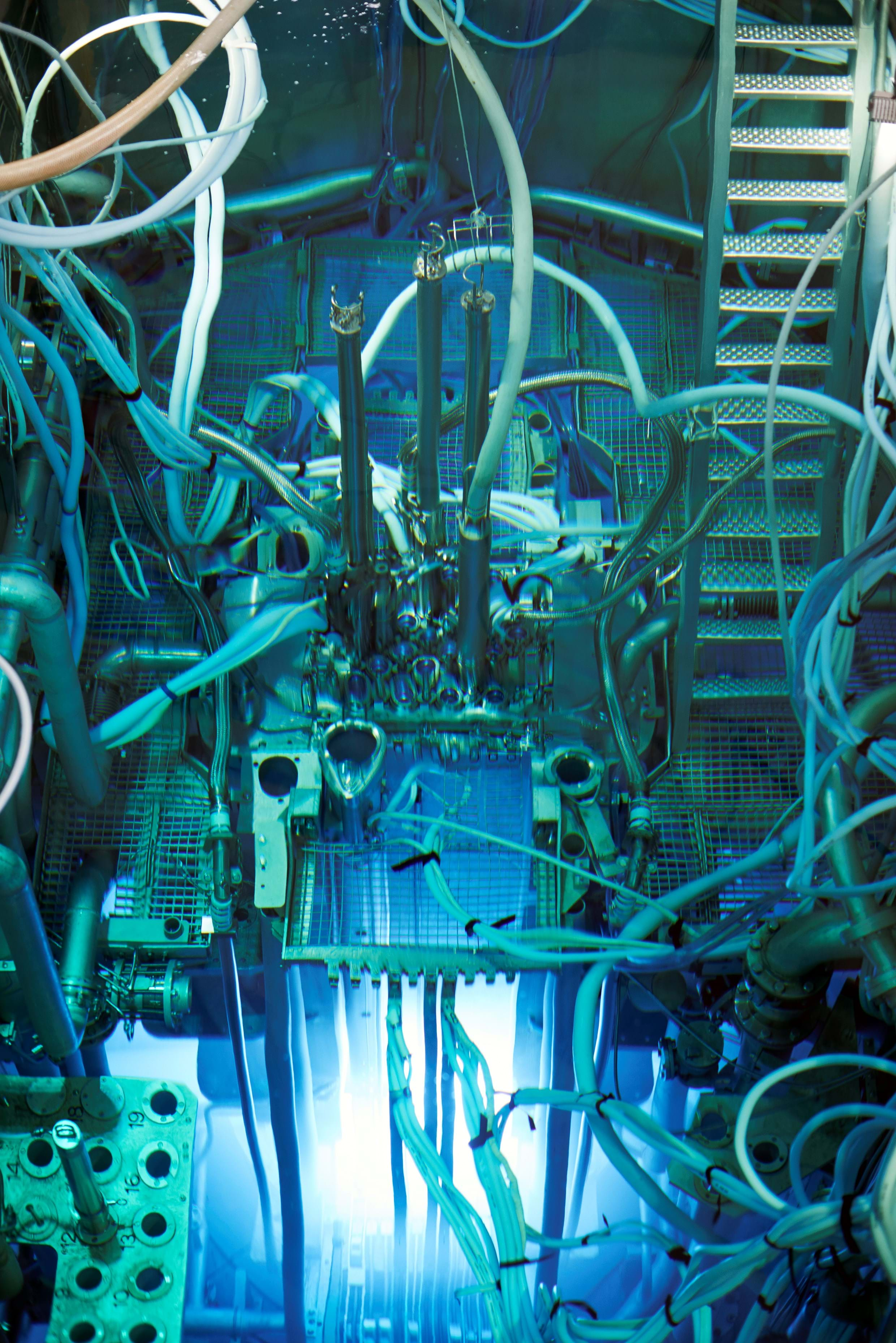Thorium nuclear research boost
A THORIUM molten salt reactor (TMSR) experiment – the world’s first in over 45 years – has been started in the Netherlands.

As a nuclear fuel, thorium is thought to have several advantages over uranium. It is more abundant, much harder to weaponise, creates fewer long-lived radioactive waste products after use, and is considered less prone to meltdown as it operates at low pressure.
Last month, a nuclear research facility called NRG, based in Petten in the Netherlands, launched a series of experiments in collaboration with the EU Commission’s Joint Research Centre in Karlsruhe, Germany. It is hoped that the results will take the world one step closer to making TMSRs commercially viable.
“This is a technology with much potential for large-scale energy production,” Sander de Groot from NRG said in an interview with The Thorium MSR Foundation, of which he is a council member.
“It offers the perspective of a technology suitable for a responsible energy system that is clean, affordable, reliable and safe. It is in principle the safest and most resource efficient solution in nuclear energy,” he continued.
Called the Salt Irradiation Experiment (SALIENT), the first phase of the research, SALIENT-1, aims to create cleaner reactor fuel by removing the noble metals from the thorium fuel as it transmutes to uranium and undergoes fission.
De Groot said: “Here at NRG, we designed the irradiation part of the experiments. After the irradiation, we will send back part of the samples to JRC (Karlsruhe), and they will be doing several tests, like finding out how stable the fission products are in the salt.”
At the heart of this experiment are four graphite crucibles containing a mixture of lithium fluoride and thorium fluoride salts alongside nickel sponges or foil, which are placed into 50 cm-high steel tubes.
This is then irradiated in NRG’s research reactor, generating noble metals as fission products. The aim of the experiment is to see if these metals are precipitated preferentially on the nickel.

In the second phase, researchers will test the resilience of common materials used to construct the reactors themselves against corrosion and high temperature, such as steel.
“For SALIENT-02, we will use a different mixture (of salts) that will also contain beryllium, forming a mixture also known as FliBe, and uranium as the fuel. And we are already considering further experiments, which will focus more on the interaction between the salt and the containment materials,” he said.
Future phases are expected to test new or special materials that have shown greatest promise in similar experiments in the past, such as hastelloy, an alloy of nickel, and a titanium-zirconium-molybdenum alloy.
The Thorium MSR Foundation : http://bit.ly/2xMS0Yn

Recent Editions
Catch up on the latest news, views and jobs from The Chemical Engineer. Below are the four latest issues. View a wider selection of the archive from within the Magazine section of this site.




